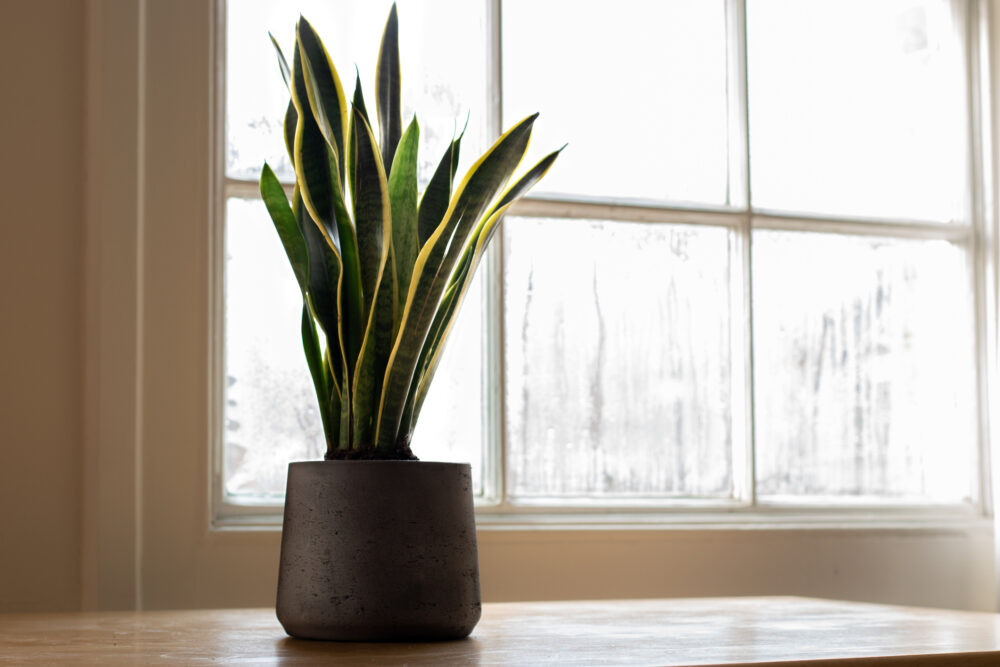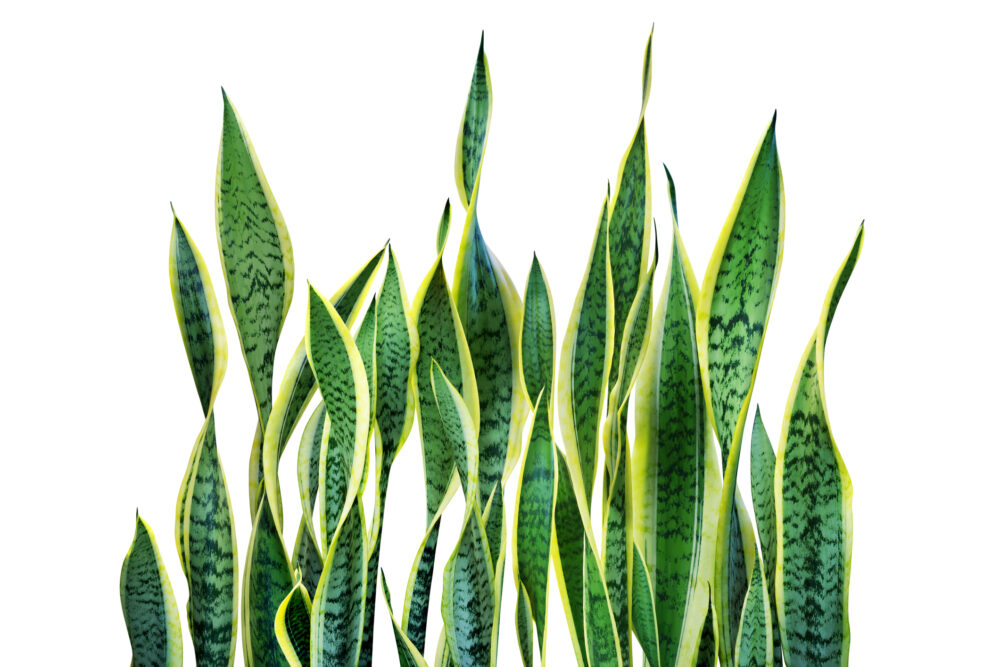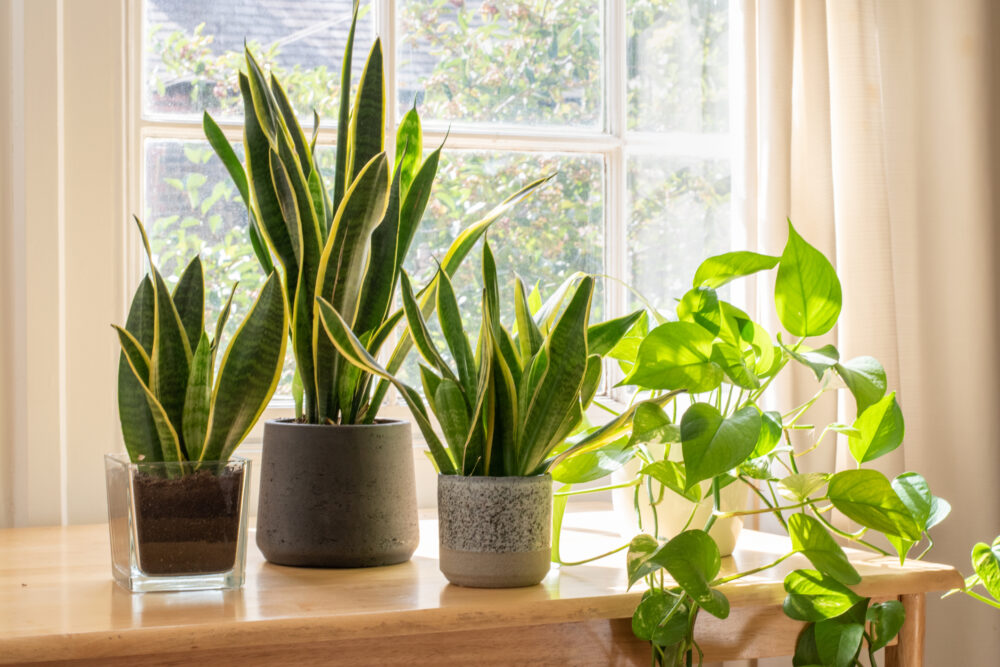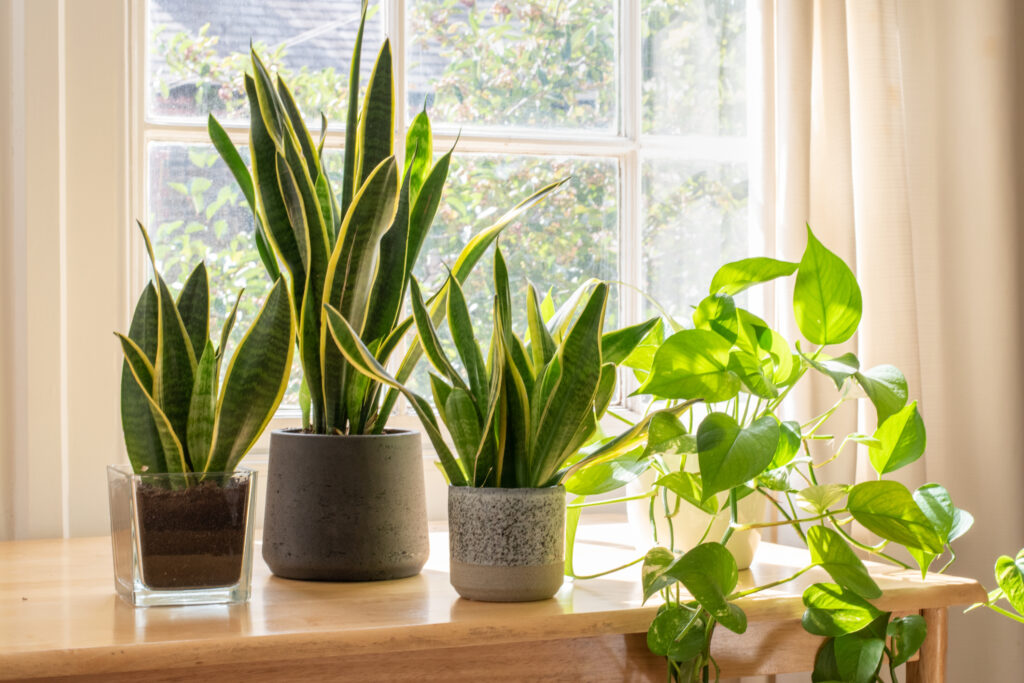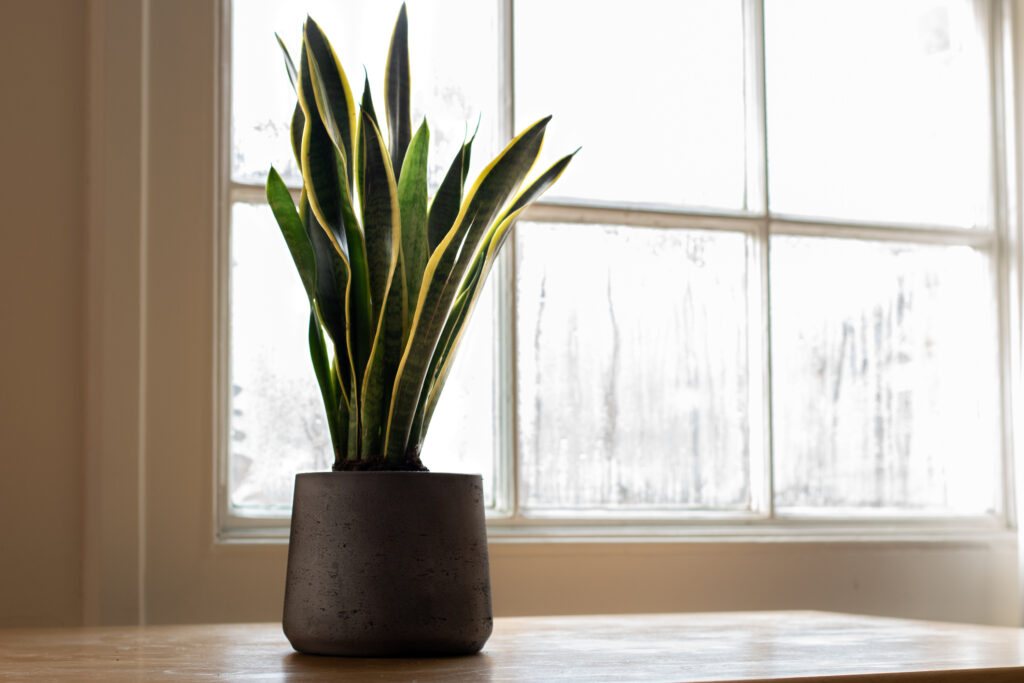Sanseviearia Zeylanica: How to Grow & Care for the Bowstring Hemp
Snake plants are nothing but a classic beauty that never falls short of stature, even before newer hybrids. The Bowstring Hemp, to be precise, is one such species you’ll hardly miss to spot if you walk into a gardening store or nursery.
Also scientifically known as Sansevieria zeylanica, this perennial succulent has the aura you’d perhaps be intensely looking for in an indoor plant. Read on to find more about its caring and maintenance needs.
More About the Bowstring Hemp
The Sansevieria zeylanica is a flowering species that’s strikingly characterized by its stemless succulent leaves that are sword-shaped and develop from rhizomes. Although they grow at a slow to moderate pace, Snake plants are perennials of a rare kind that look elegant even when they’re under neglect.
For a Bowstring Hemp growing under typical caring conditions, you can expect the leaves to develop right from a firm base and grow up to 2’ feet tall. This perennial’s healthy and rigid leaves tend to have sharp tips and a dense-green color with creamy-white stripes running horizontally.
Same as its close cousin, Sansevieria cylindrica, it’s a popular choice for growers looking to adopt a succulent that purifies the air and is easy to care for. In the tropical regions of southeast Asia, where it’s natively from, the Bowstring Hemp is grown for its medicinal value, and the leaves are harvested to make fiber. The fiber can make textiles, paper, rugs, and baskets.
Most newbie gardeners will confuse this perennial succulent with Sansevieria trifasciata, also popularly labeled as mother-in-law’s tongue or the snake plant. Even though they look closely similar, they’re different types of snake plants, each with its own signature features.
How to Grow the Bowstring Hemp
You have two viable options if you’re looking to grow this Sansevieria species. The easiest way would be to purchase one from the nursery or gardening store. Or you can go the handy way and propagate the Bowstring Hemp using seeds or leaf cuttings. Seeds take a bit longer to mature into a fully developed houseplant, so we won’t dwell on this method. Here’s how to go about it in these few easy steps.
- Dissect a few leaf cuttings from the mother plant using a sterilized knife to avoid transmitting the entire plant with diseases.
- The leaves need to be about 2” to 3” inches long.
- You need to place them outside for a couple of hours so the wounds can heal completely.
- Dip the cut tips of the leaves into rooting hormone.
- Prepare the potting mix using the tips we’ve shared right under the soil and transplanting section below.
- You can alternatively choose to work with a commercial cactus mix since the Bowstring Hemp has the same attributes as those of dominantly grown cacti plants.
- Plant each leaf cutting in its own growing medium to prevent possible competition of nutrients.
- Place the container somewhere with bright but filtered sunlight.
- Remember to water your newly propagated Bowstring Hemp only when the soil is entirely dry to avoid root rot.
Sansevieria Zeylanica Caring Tips
Flowering & Fragrance
Despite the fact that the Sansevieria zeylanica is a flowering plant, it’s quite ironic that it hardly blooms. Don’t expect your Bowstring Hemp to produce any flowers, mostly if you’re looking to grow it indoors. For the slim chances it has to bloom, the flowers will appear pale green or greenish-white. There will be some mild fragrance, and stems holding the flowers have the potential to elongate slightly beyond 2” feet.
Light & Temperature
If you’re looking to grow this air-purifying snake plant indoors, then the most crucial to look at is its lighting needs. Although it can fittingly adapt to low light conditions, this Sansevieria type develops a rugged appearance if grown under moderate to bright light. And most gardening hobbyists cherish seeing such kind of aesthetic. When left under low light conditions, the foliage will begin to turn dark-green.
While bright light is essential for its chlorophyll production, you want to keep it from any intense heat, especially during summer. Too much light from the sun will cause the edges of the leaves to turn yellow. And since it’s native to tropical regions, you don’t expect your Snake plant to be frost-tolerant. When the temperatures are low, try to keep the room conditions anywhere between 15-23 degrees Celsius.
Alongside that, it’s also worth noting that temperatures below 10°C will highly likely cause damage to the leaves. Your Bowstring Sansevieria will grow profusely, especially if you’re living under USDA hardiness zones 9 to 11. For optimal results, keep it from extreme cold or hot weather.
Watering & Feeding
Same as other succulents you might have in your garden or indoor space, the Snake plant doesn’t need to be watered frequently. To speed up the absorption rate, you want to use growing pots with enough drainage holes to let out excess water. Don’t let your houseplant stand in water collected in the saucer beneath the growing pot.
If the soil remains soggy for too long, the roots will begin to rot. When the weather is cold throughout winter, you’ll need to significantly space out the watering intervals. Even though a mature member of the Asparagaceae family can prove to be drought-tolerant, the rule of thumb is to provide it with a generous amount of water during spring and summer when the growth hormones are active.
As a succulent, it’s uncommon for it to have intense feeding needs. But it’s best to use an all-purpose liquid fertilizer with equal concentrations of nitrogen, phosphorus, and potassium. Mix one tablespoon of the fertilizer with a gallon of water and pour the solution directly into the topsoil once every three weeks during a growing season.
To maintain the humidity around your Sansevieria zeylanica, you can try placing a pebble tray with some water right beneath the growing pot. That would make it grow as if it’s in the native semi-arid to the humid environment it’s accustomed to. If your Bowstring Hemp is growing outdoors, you can mulch the topsoil to give it the right set of humidity.
While it’s necessary to avoid overwatering at all costs, you’ll need to remove the mulch when it dries up, soak it in water, then place the mulch back around the topsoil. Using a soil moisture sensor , you can tell whether or not the first few inches of the soil have dried up completely.
Soil & Transplanting
Loamy soil mixed with a portion of sand makes water drain much faster. It also holds some moisture to keep it through the grace period between the watering intervals. Same as most other succulents, it can adapt to other potting soil varieties only if there’s room to drain water without hurdles. We’d, however, recommend using a succulent potting mix made of sand and loam.
Its pH range should preferably be anywhere between 6 to 7. Aside from coarse sand, it’s best to amend the potting soil with a perlite or pumice portion. Peat moss also helps retain some moisture and softens the soil. After doing some extra digging on its soil requirements, you’ll learn that much emphasis is placed on drainage. And that’s because the Snake plant is hugely prone to root rot.
Even though Snake plants have a towering potential to grow tall, they hardly widen, so they won’t outgrow their initial container anytime soon. But another reason for transplanting would be to replace the old soil with one that’s revitalized with nutrients. You also want to transplant it when the roots become invasive and crack the pot. For a compact Sansevieria Zeylanica growing on a desk or windowsill, we recommend repotting it every 12-18 months.
I would typically go with a growing pot whose diameter is twice bigger to give my Snake plant extra room for growth. If it’s huge, transplanting ideally after 18-24 months would suffice. The ideal season for repotting is summer or spring, when the growth hormones are at their peak. Signs to show that your Snake plant needs to be transplanted include yellowing and dropping of the leaves or when it begins to overcrowd the entire pot.
Grooming & Maintenance
Such a hardy plant needs little maintenance. It can grow blissfully even under neglect. And since it doesn’t need any routine pruning, you’ll only need to get rid of leaves that are dead or appear to have significant damage. If there’s any great need for pruning, make sure to use a sterilized knife, so you don’t infect the entire plant with any fungal or bacterial diseases.
Common Pests & Diseases
Your Bowstring Hemp will mostly struggle with infestations from mealybugs and spider mites. These two pests often prey on succulents so they can suck the juicy sap stored in the leaves and stems. Even though it’s highly unlikely that they would transmit diseases, such pests can cause grave damage to the shape, texture, and color of the leaves.
It’s quite easy to get rid of mealybugs on the affected areas using a cotton swab dipped in alcohol. And if the infestation is massive, you can purchase insecticidal soap and mix it with pyrethrin to suppress the numbers. You can also use this remedy to control whiteflies, scale insects, leafhoppers, and thrips. Neem oil equally helps get rid of both mealybugs and scale insects.
The most common disease that tends to hit this succulent hard is root rot. You, therefore, want to avoid overwatering and use potting soil that drains excess water well. Using too much fertilizer on this Sansevieria type will also cause the leaves to grow loosely tall and fail to support their weight. The dropping of leaves is more likely to happen if the plant is overcrowded in its growing medium.
Same as the Snake plant, alongside a couple of other Sansevieria species, the Bowstring Hemp has mild toxicity levels, so you’ll need to keep it far from kids and pets.
